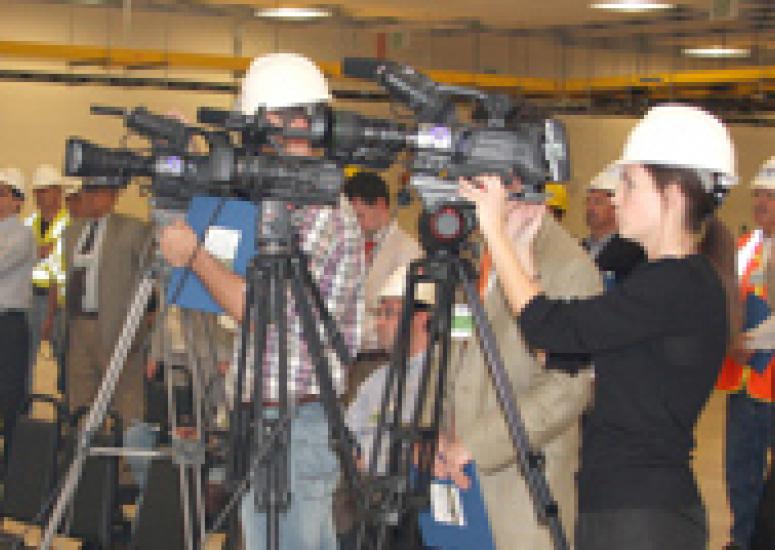-

Economic cost of weather may total $485 billion in U.S.
The economic impacts of routine weather events can add up to 3.4% of the nation's GDP.
-

James Hurrell to lead NCAR Earth System Laboratory
New directors announced for Communications and for Education and Outreach as well.
-

The NWSC: Almost ready for prime time
Reporters from Wyoming and northern Colorado got their first look inside the nearly completed building that will house the NCAR-Wyoming Supercomputing Center.
- Supercomputing
-

NCAR-Wyoming Supercomputing Center enters new phase
With the facility nearly complete, the project shifts to facilities testing and then procurement, installation, and testing of the center's supercomputing systems.
- Supercomputing
-
Lessons learned from seeding clouds
Prior to massive flooding early in 2011, long-term drought plagued the Australian state of Queensland . As part of a broad research program on cloud seeding, NCAR researchers have been steadily crunching data from a 2008–09 field project that looked into how to make the clouds drop more rain on the region.
- Weather

